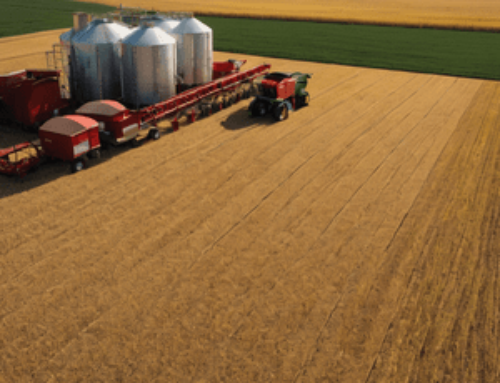 How to Monitor Moisture in Your Grains
How to Monitor Moisture in Your Grains
Storing your grains takes more than just putting them in a safe place. If you are located in the Mid-West, you probably understand the importance of handling and storing your gains properly. You will want to make sure that your grains are dry and of good quality until you sell them. One of the surest ways to do that is to monitor the moisture and temperature of the grain regularly.
How to Determine Spoilage in Stored Grains
The optimal conditions for storing grains are cool and dry, which ensures they can stay for longer and useful. Any temperate change above 5.50C or 100 F in a week indicates that spoilage in the bin, and you need to take action. When the grains start to spoil, their respiration rate increases exponentially. This causes insects and molds to develop inside the storage area. An increase in respiration will also produce additional moisture from the chemical changes of the stored grain, which can be absorbed by the stored grain and cause more damages.
Any moisture in the storage area is never a good area. Sometimes, moisture gets condensed on the sidewalls and roof of the bin. When grains absorb this moisture, it can lead to mold growth and hot spot development. If the storage is non-aerated, the presence of moisture can lead to more spoilage within a short period. The moisture will likely build up faster and affect more grains.
How to Monitor Moisture in Stored Grains
The only way to keep your grains cool and dry is to regularly monitor temperature and moisture levels. When you constantly check for any temperature changes, you can keep your grains in control and store them for longer periods. Make sure you check the moisture in different locations, confirm the temperature, and make sure your moisture meter is effective.
During drying, tracking moisture levels will ensure that the grains are dried properly. This is a critical point in grain storage, where you have to take necessary measures on how you will handle, store, and sell the gran. During the process, the fan should be operated properly until the grains have dried. By constantly monitoring the moisture level, you will determine when the grain is dry and avoid over-drying them. This also helps in estimating the safe storage period and the possible risk of spoilage.
To keep your grains in check, you need to need to take necessary measures and adjust the storage bin. For instance, you can install temperature cables as input in aeration flap control. This will ensure that the fan is only operated when the ambient air is cooler than the temperature in the grains. With that, you get efficient cooling in the bin with minimal fan operation while preventing the grains from overheating.
How Corn Belt Testing Can Help
Controlling and monitoring the temperature and moisture of your grains should not be rocket science. Corn Belt Testing sells and services quality moisture testers for farmers in the Mid-West United States. Our team of experts will guide you through the process of installing the testers and impart the knowledge to monitor and control moisture in your grains. We also repair moisture testers and make sure they are in good working condition. Contact us for more information about our products and the best way of using our testers, don’t wait call today at 866-845-6249.






